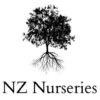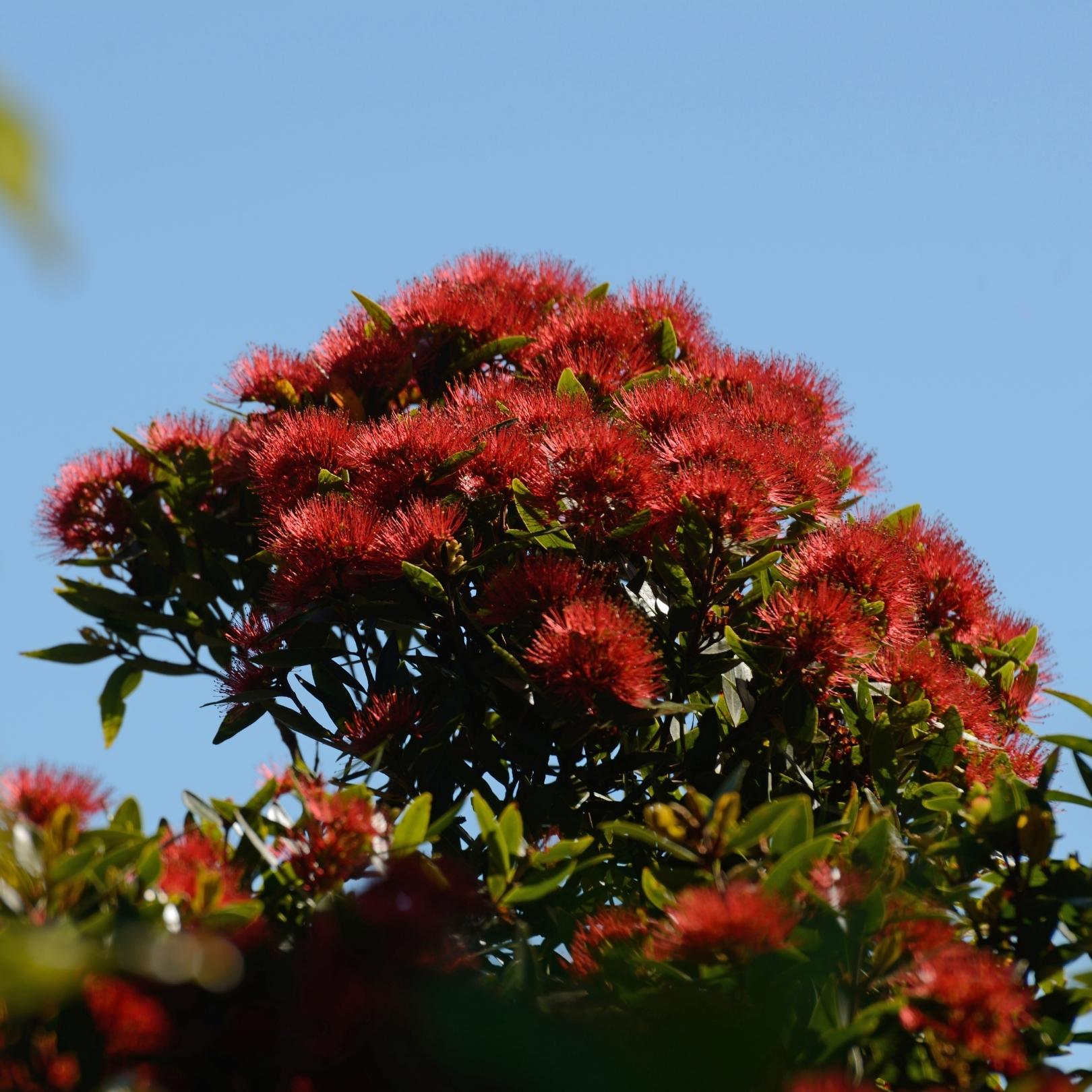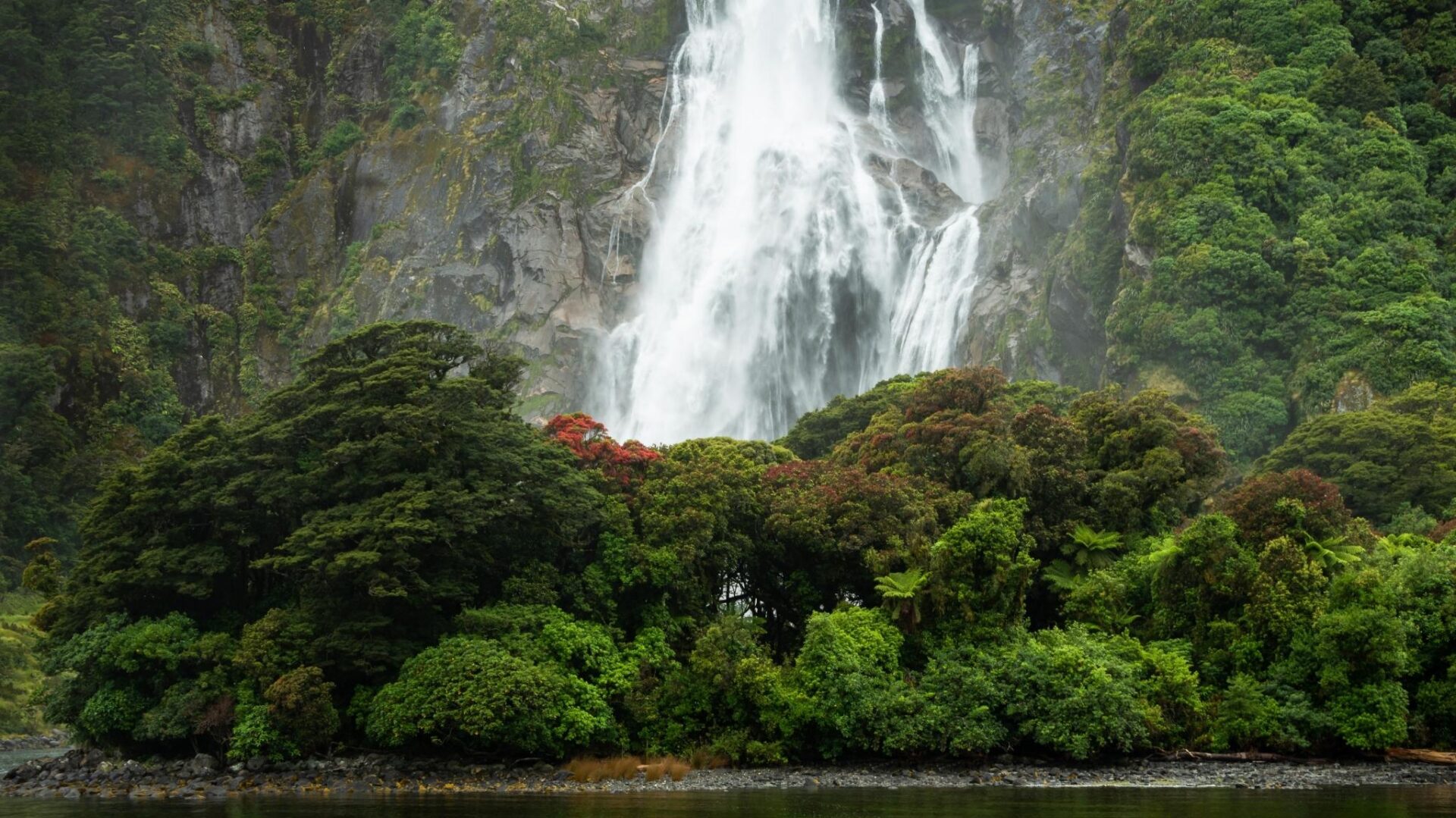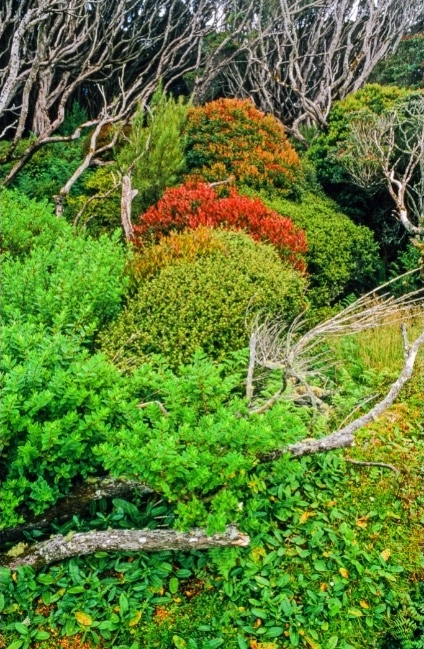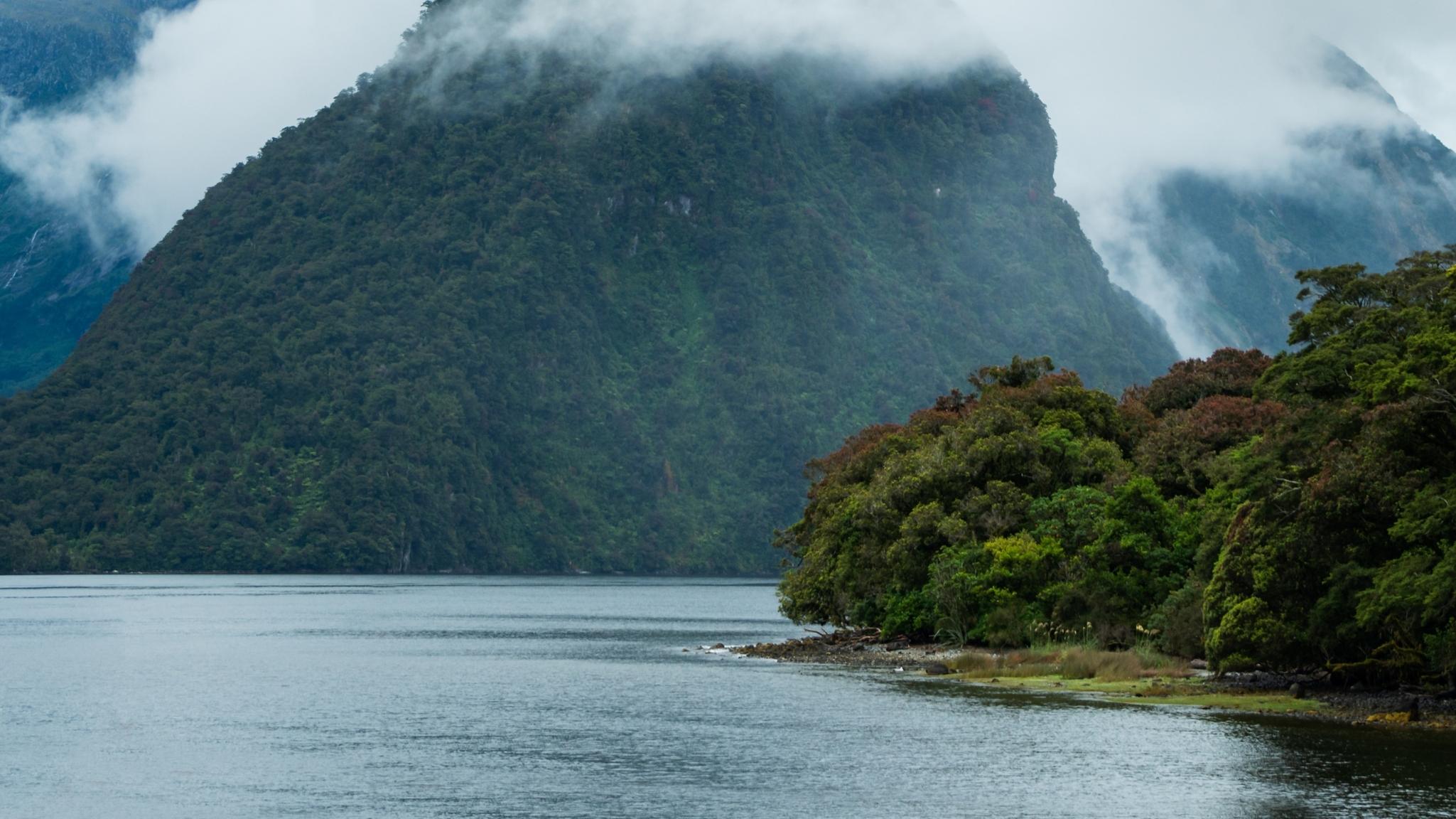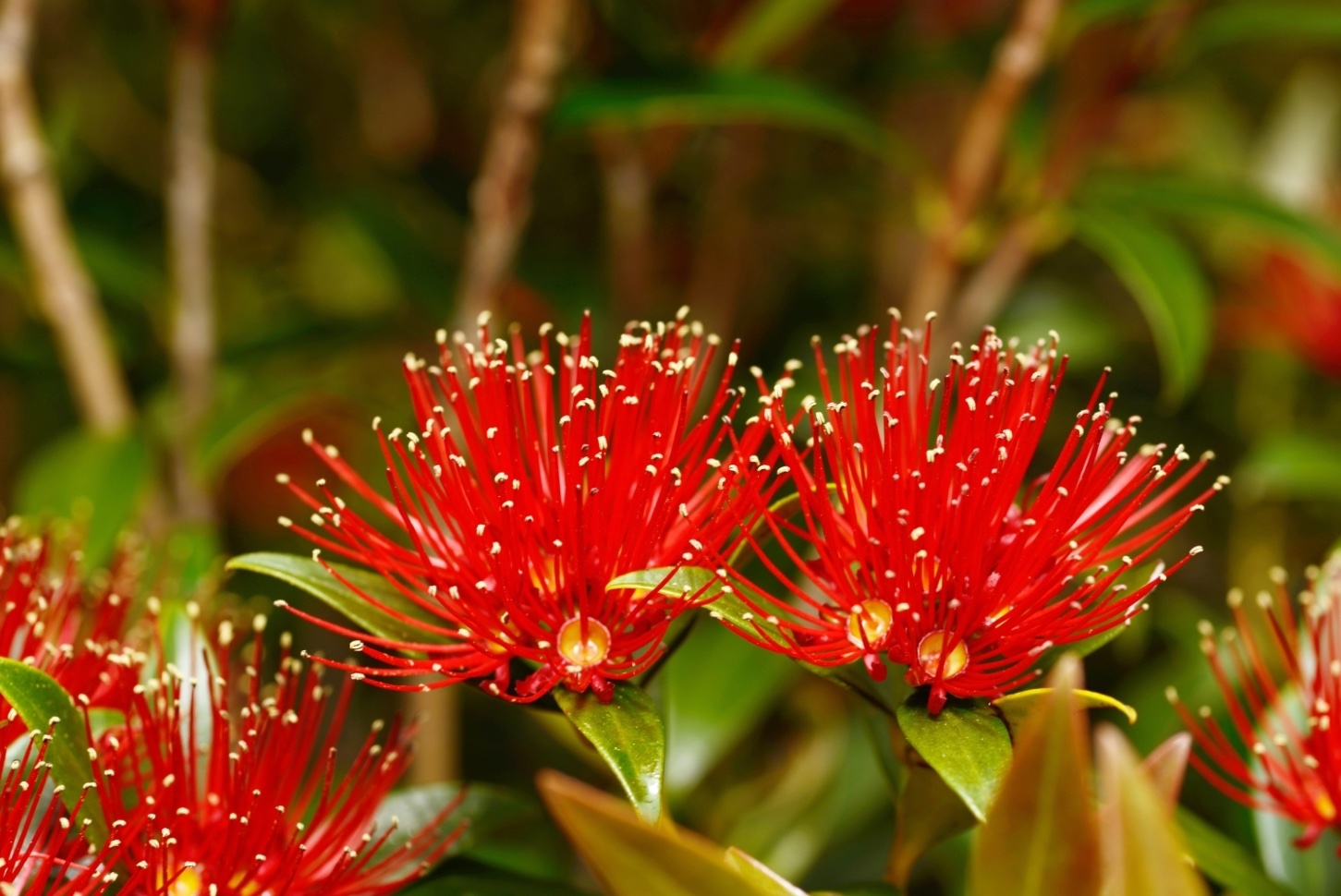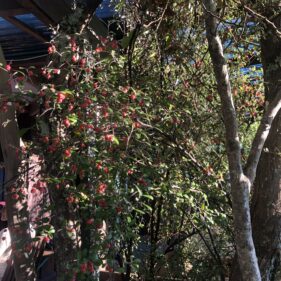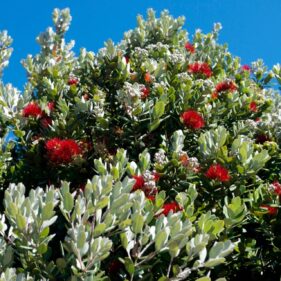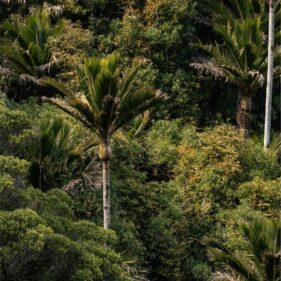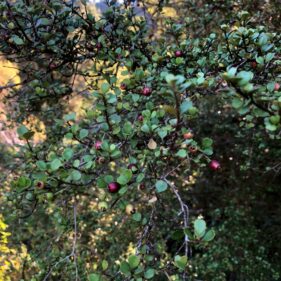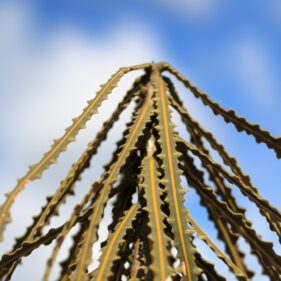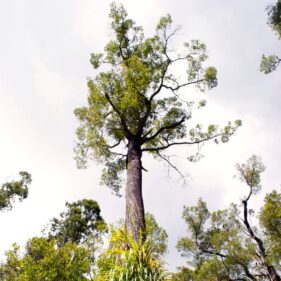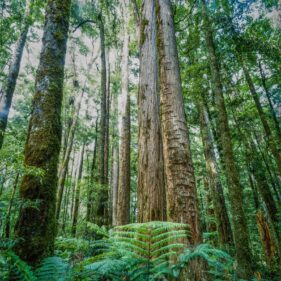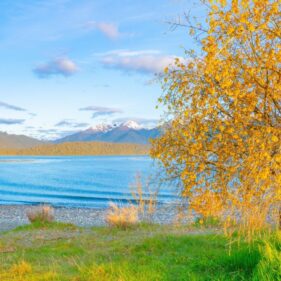Common Name: Southern Rata
Scientific Name: Metrosideros umbellata
Height at Maturity: 10-15 meters
Time to Maturity: 15 years +
Growth Rate: Slow
Habitat: Suited to a colder climate, it can be quite hardy once established. Requires a moist environment. It is tolerant of poor soils and dry periods, frost (once established) and coastal environments.
Domesticated Uses: The New Zealand Christmas Tree, beautiful tree in the garden.
Medicinal Uses: Historically The bark could be made into a lotion or poultice, and the flower nectar was used for sore throats.
Forest Uses: Occurs on rocky sloops and river gorges at altitudes up to 760m in Beach and Podocarp Forests. Good food source for native creatures. It is considered to be an ancient species from which Northern Rata and Pohutukawa evolved.
Flowering: November to January
Fruiting/Nectar: Mid to late summer
Birds Life: The Tui, Bellbird, Kākā as well as bats and lizards feed on the nectar. It is also good source for Honey
Planting Instructions: As they are slow growing and fragile helps to plant a more established tree.
